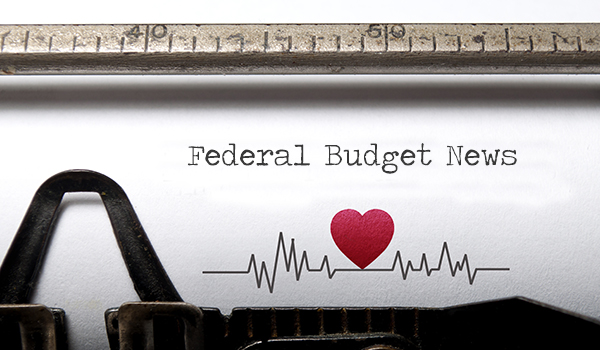President Trump signed a short-term continuing spending resolution (CR) last Friday, which funds the government through December 22. The CR allows time to determine how to fund the government, which is a two-step process. The first is to establish overall budget caps for defense and non-defense programs.
Democrats and Republicans want to raise the current caps. Republicans want to increase the allocation for defense spending by $54 billion and $37 billion for non-defense spending. Democrats want similar allocations for each spending category.
Once the budget spending caps are set, appropriators will shift their work to writing a detailed spending bill that would fund the government through September 2018. The process is anticipated to take four to six weeks, which means another CR to keep the government running into the new year is needed. However, given the tight timelines, there is a growing concern that a government shutdown could occur.
As appropriators struggle to determine how to fund the budget caps, it is unlikely that they will be able to resolve the long-term funding requirements for CHIP, DSH and Medicare Extenders, which will push resolution of these issues into next year. Of primary concern is that they may look at additional cuts to health care providers. One option being considered is to extend the Medicare sequestration reductions into 2025 or 2026, which would deliver approximately $5 billion.
Working with our national partners, SDAHO is advocating for the late December CR to include short-term funding for CHIP to allow appropriators time to complete the long-term spending bill and to help states that have run out of CHIP funds. The longer-term spending bill could contain a five-year extension for CHIP, a two-year delay in cuts to DSH and the Medicare Rural Extenders package.
The debate over funding the government creates an impending concern as lawmakers are increasingly talking about the need to reduce the federal deficit. And, if passed, the tax cut legislation is estimated to increase the deficit by at least $1 trillion, which increases the possibility of future funding vulnerabilities for Medicare, Medicaid, Social Security and welfare programs.







